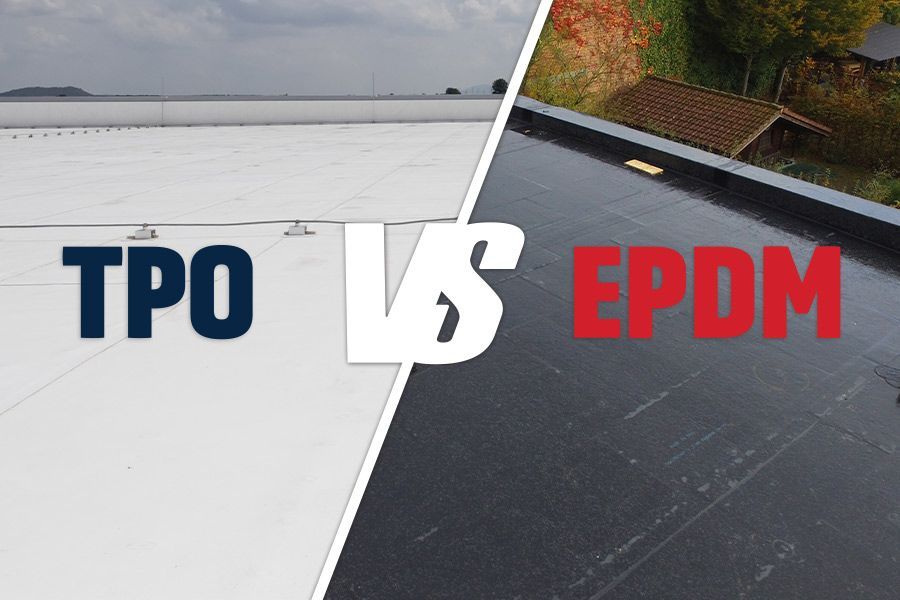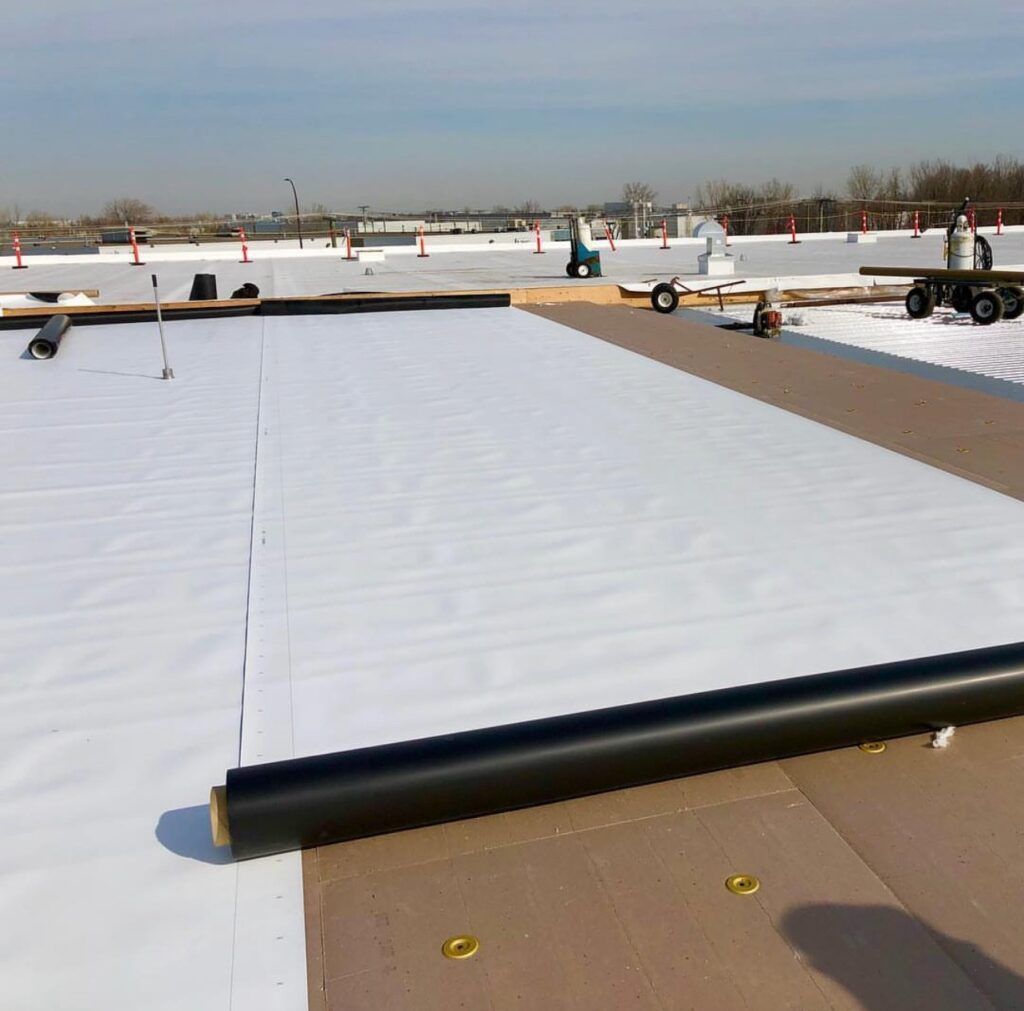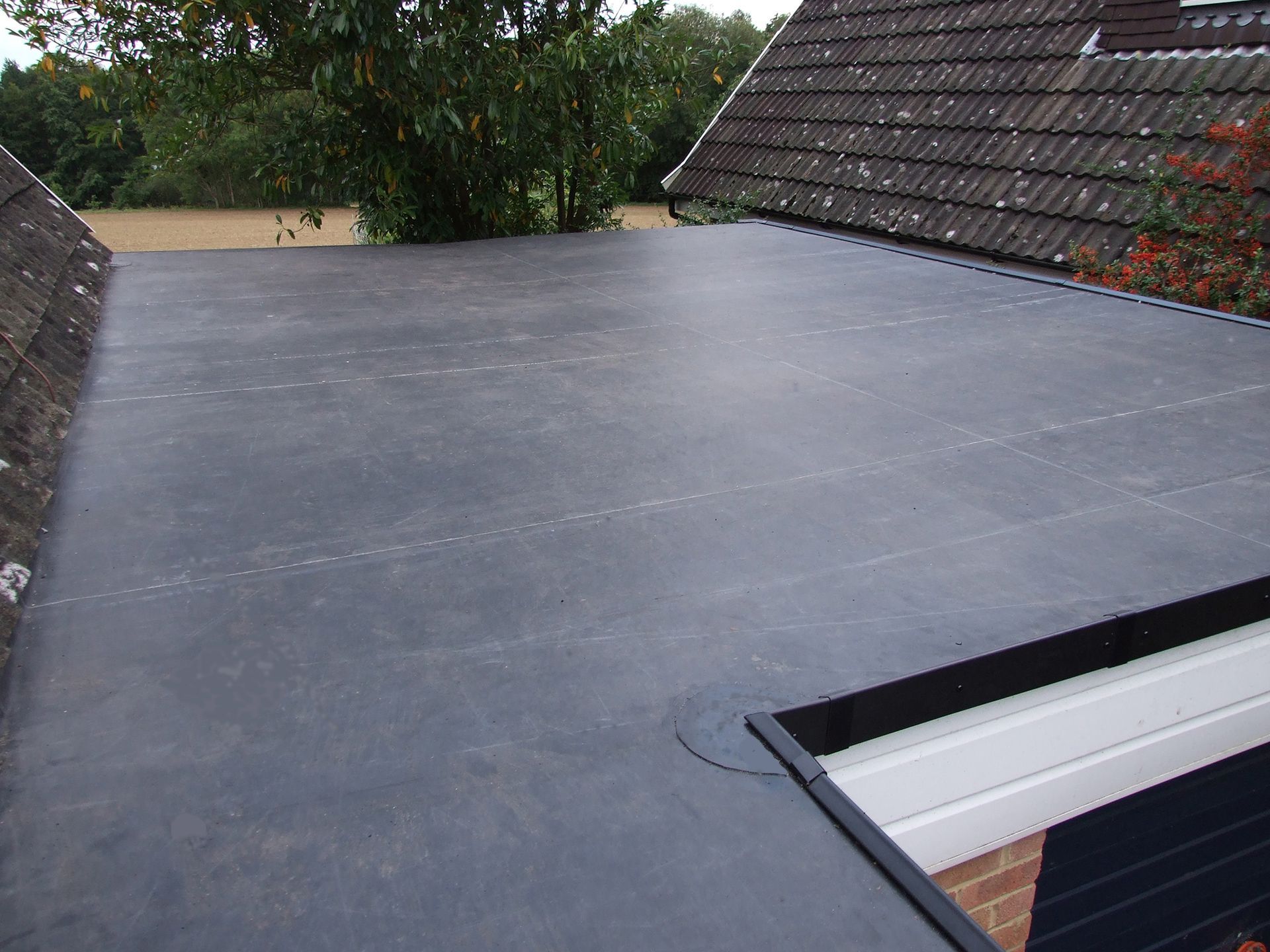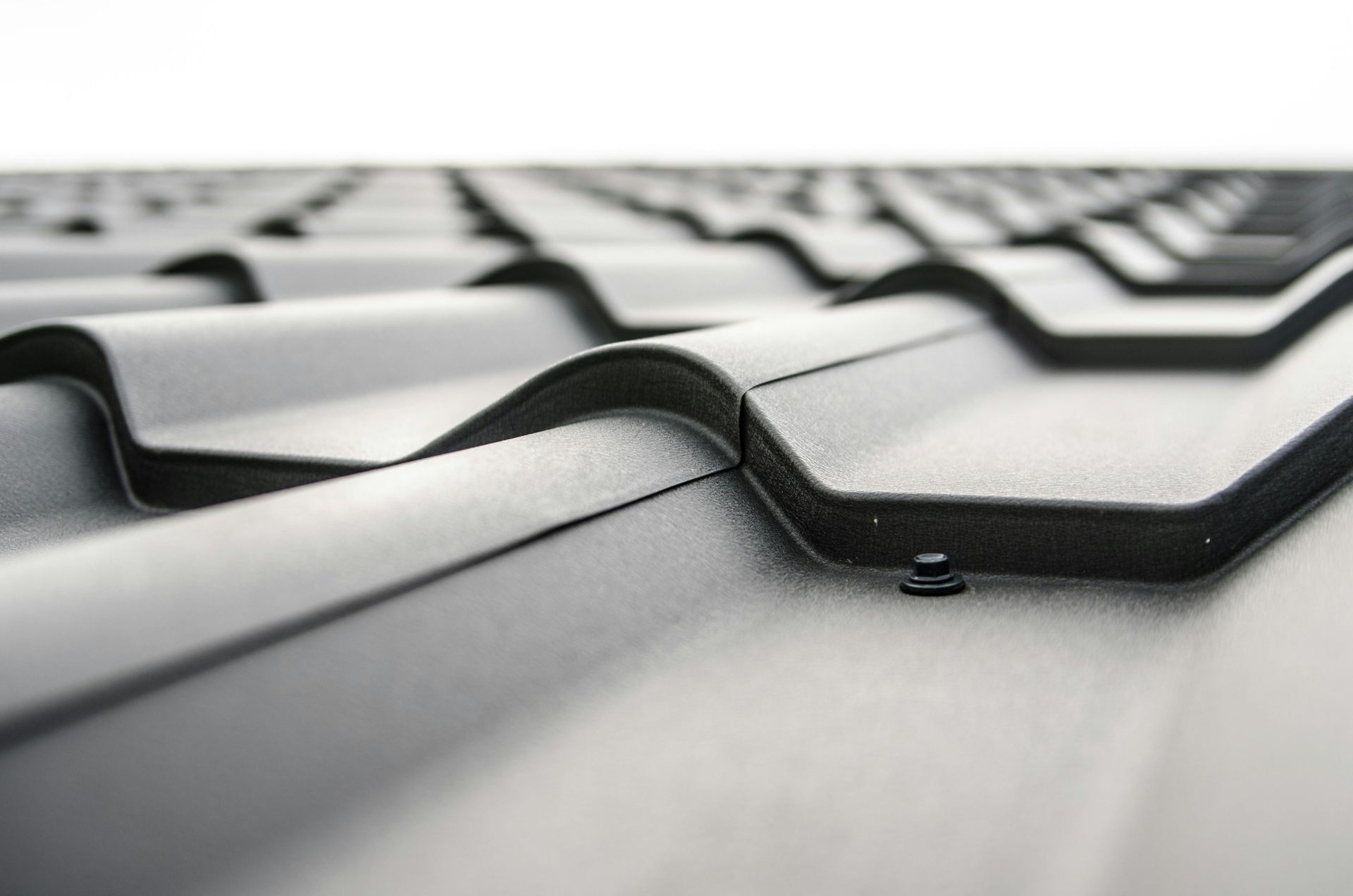Flat Roof Repair Tips for Commercial Buildings in Michigan
Essential Tips for Effective Flat Roof Repair on Commercial Buildings
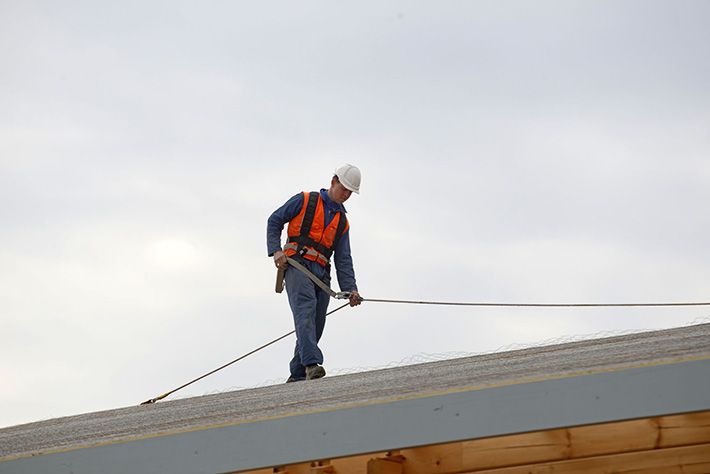
Flat roof repairs can be a challenging task for commercial building owners, but with the right approach, they can be handled effectively to ensure long-lasting protection. Here are some essential tips to help you maintain and repair flat roofs on commercial properties:
1. Regular Inspections
Preventive maintenance starts with regular roof inspections. Inspect your flat roof at least twice a year—ideally in the spring and fall—and after any severe weather events. Look for signs of wear, such as cracks, blisters, pooling water, or debris buildup. Catching small issues early can prevent costly repairs down the road.
2. Clear Debris
One of the most common causes of flat roof damage is the accumulation of debris, such as leaves, branches, or dirt. Blocked drains can lead to water pooling, which may cause leaks or weaken the roof structure. Ensure that all gutters, drains, and downspouts are clear to promote proper water flow.
3. Check for Leaks
Leaks are often the result of damaged seams or penetrations in the roof membrane. Check the flashing around vents, skylights, and other roof penetrations for signs of damage. If you find a leak, address it promptly to prevent water damage to the building interior. Small leaks can quickly grow into major problems if left unchecked.
4. Repair Small Cracks and Holes
Small cracks and punctures are common on flat roofs, but they need to be repaired immediately to prevent further damage. Use roofing sealants designed for flat roofs to fill in minor cracks. For larger holes, consider using a patching membrane that can be sealed with adhesive to prevent water infiltration.
5. Reinforce Flashing
Flashing is the material used to seal joints and edges where different roof sections meet. Over time, flashing can become loose, cracked, or corroded. Inspect the flashing regularly and ensure that it is properly secured. If necessary, reapply or replace the flashing to maintain a waterproof seal.
6. Inspect the Roof Membrane
The membrane is a critical component of your flat roof, providing a barrier against water damage. EPDM, TPO, and PVC membranes are commonly used for flat roofs. Look for any signs of deterioration, such as tears, punctures, or pooling water. If the membrane is damaged beyond repair, it may need to be replaced.
7. Address Ponding Water
Flat roofs are prone to ponding, where water pools in low areas after a rain. This can lead to leaks and membrane degradation. Ensure that your roof has proper drainage, and if ponding persists, consider installing tapered insulation to direct water toward the drains.
8. Proper Sealing
Sealing your flat roof is essential for preventing water penetration. Reapply sealant around seams, flashing, and joints as part of regular roof maintenance. Using high-quality roofing sealants can help to extend the lifespan of the roof and prevent leaks.
9. Avoid Foot Traffic
Excessive foot traffic can damage the roof membrane. If maintenance requires walking on the roof, be sure to use protective mats or boards to distribute weight and avoid puncturing the membrane. Limit foot traffic to necessary repairs and inspections only.
10. Hire a Professional
While some repairs can be done by building owners, more complex issues—like large leaks, membrane replacement, or structural damage—require professional expertise. Hiring an experienced roofing contractor ensures the job is done correctly, with the right materials and tools, to protect the longevity of your flat roof.
Conclusion
Proper flat roof maintenance and timely repairs are crucial to preserving the integrity of your commercial building’s roof. By staying proactive with inspections and addressing minor issues before they escalate, you can extend the lifespan of your roof and avoid costly repairs.

